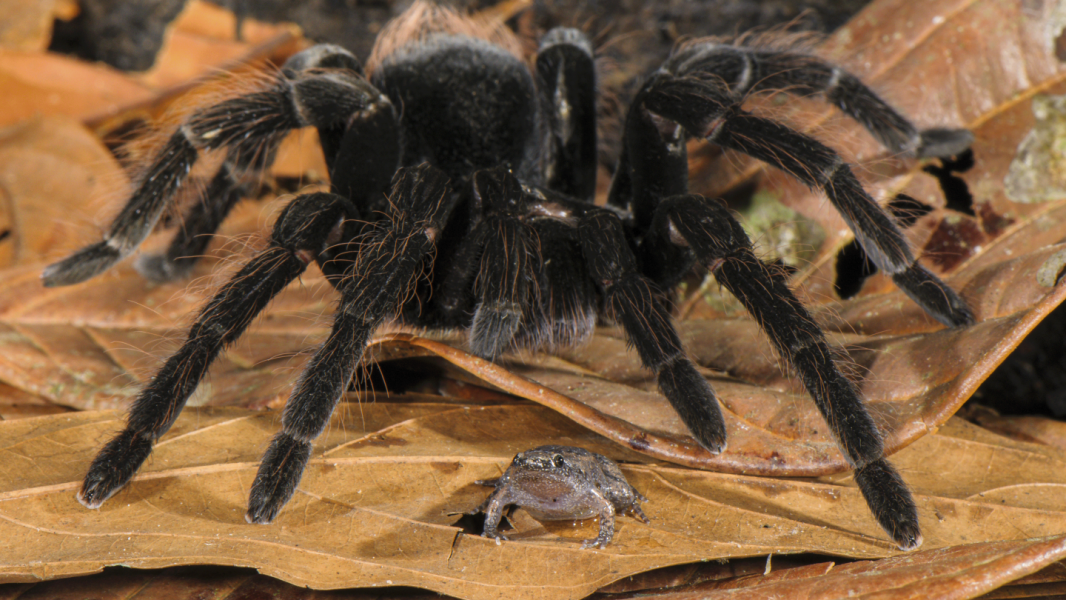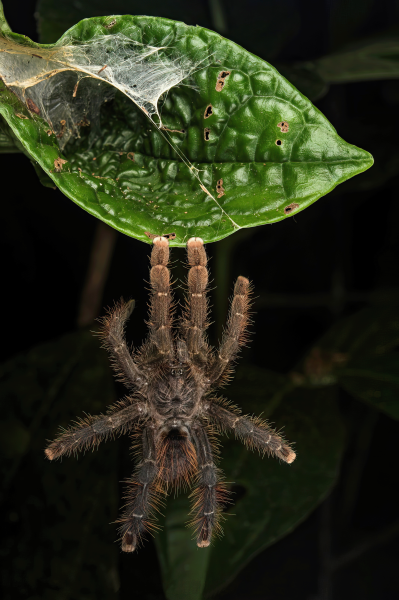
Scientists say tarantulas have a variety of social relationships with other species, including frogs that eat insects that pose a threat to the spiders. (Photo courtesy of Francesco Tomasinelli and Emanuele Biggi)
Tarantulas are covered in hairs to prevent warrior ants that clean out their dens from eating them alive, according to a recent study.
The study, published August 6 in the Journal of Natural History, offers new insights into tarantulas' interactions with other species, including their surprisingly calm but sometimes aggressive interactions with predatory ants.
Predatory ants, also known as driver ants, hunt spiders alive, but when these ants foraged in the burrows of South American tarantulas, they largely ignored the adult tarantulas and their offspring. On the rare occasions when the ants did attack, the tarantulas' stiff hairs provided ample protection.
“The dense hairs that cover the tarantula's body make it difficult for ants to bite or sting the spider,” said lead study author Alireza Zamani, an arachnologist at the University of Turku in Finland. “So we think the hairiness may have evolved as a defense mechanism.”
Zamani and his team studied the complex relationships between tarantulas and other animals by reviewing previous scientific studies and collecting new data from field observations and social media.
The researchers found that army ants helped burrowing tarantulas, which live in burrows, by removing old food from their homes. However, the spiders still needed protection in case the ants bit them. This hypothesis about the protective function of the hairs is supported by previous studies that suggested that burrowing tarantulas cover their egg sacs with hairs to prevent ants from getting to them.

Avicularia hirschii hanging on a leaf, escaping from tramp ants.
The team also found that less hairy — and therefore potentially more vulnerable — tree tarantulas, including Avicularia hirschii from Peru, have developed different defensive strategies against the ants. For example, in one observation, the researchers saw A. hirschii hanging on the edge of a leaf to avoid ants hunting for prey, the report said.
While relationships between tarantulas and ants can be tense, scientists have found that tarantulas interact more amicably with amphibians, which sometimes
Sourse: www.livescience.com





